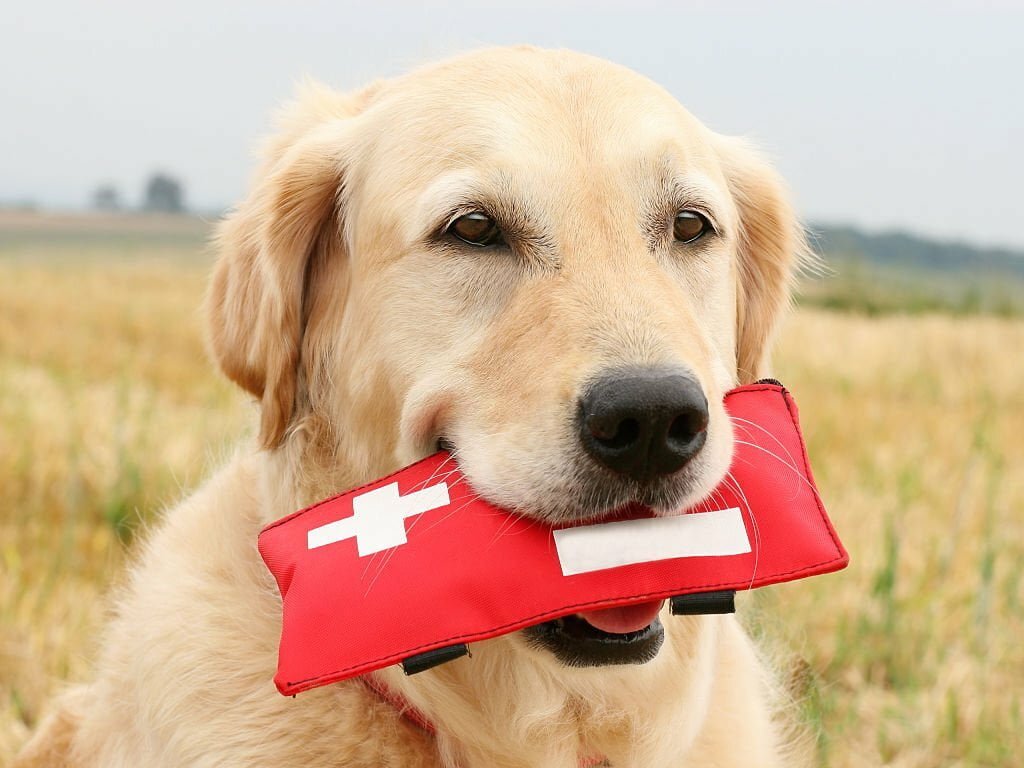
Floods, the natural disasters that can wreak havoc on communities, leaving destruction in their wake. In the aftermath of such calamities, the task of flood damage restoration and cleanup becomes paramount, not just for human safety but also for the revival of the affected ecosystems. While we often acknowledge the human efforts in these post-flood cleanups, the unsung heroes in this narrative are the animals. With their instincts and unique abilities, they play a pivotal role in the recovery process.
Sniffing Out Hope
Animals, equipped with acute senses and instincts, often prove invaluable in the aftermath of floods. Take dogs, for instance. Their extraordinary sense of smell allows them to detect survivors buried under debris or mud, enabling search and rescue teams to locate them swiftly.
Their agility and ability to navigate through challenging terrains make them indispensable partners in these efforts. Additionally, many animals possess the remarkable ability to detect changes in water chemistry, indicating contamination levels. This early warning system is crucial for ensuring that the water sources are safe for consumption post-flood.
Noses to the Ground
Search and rescue operations in the wake of a flood are intricate and challenging. Here, animals, particularly dogs, emerge as invaluable assets. Their acute sense of smell enables them to locate missing persons, even in the most adverse conditions.
These canine heroes can access areas that are often inaccessible to humans, making them an essential part of the search and rescue teams. Countless stories have emerged where search and rescue dogs have played a pivotal role, reuniting families and bringing solace amidst the chaos.
Grazing Grace
The havoc wrought by floods leaves landscapes strewn with debris. This is where animals, both domestic and wild, step in as natural cleanup crews. Goats, sheep, and cows, for example, are adept at clearing vegetation. Grazing on overgrown plants lets them prevent potential wildfires, which are a significant risk in areas with excessive post-flood vegetation. Also, these animals help maintain ecological balance by curbing the growth of invasive plant species, allowing native vegetation to thrive once more.
Aquatic Allies
In aquatic environments, animals like beavers and specific fish species are nature’s engineers, contributing significantly to the restoration of water bodies after floods. Beavers, with their dam-building prowess, create structures that not only filter out pollutants but also restore the natural flow of water. Their activities help in rejuvenating water ecosystems, ensuring a healthier environment for both aquatic life and nearby communities. Certain fish species, in a symbiotic relationship with aquatic plants, aid in purifying water by absorbing pollutants. This natural filtration process plays a vital role in rehabilitating water bodies, making them suitable for both wildlife and human use.
Paws for Comfort
Beyond the physical aspects of cleanup, the emotional toll of a flood on survivors is immeasurable. Enter therapy animals like dogs and cats who provide invaluable emotional support during these trying times. Numerous studies and real-life examples attest to the positive impact of animals on mental health.
Experts in animal handling from Mary Valley Pet Cremation would attest that the presence of therapy animals has been shown to alleviate stress, reduce anxiety, and offer comfort to those dealing with trauma, especially that of a disaster. Organizations around the world have recognized this healing power, implementing therapy animal programs to provide solace and support to survivors as they navigate the challenging path to recovery.
Conclusion
Animals, with their innate abilities and unwavering companionship, stand as pillars of strength in the aftermath of floods. From search and rescue operations to environmental cleanup and providing emotional support, they play multifaceted roles in the recovery process. Recognizing and appreciating their contributions is not just a testament to their resilience but also a reminder of the interdependence of all living beings in the face of natural disasters. As we rebuild our communities, let us also celebrate these unsung heroes, whose presence makes a significant difference in our lives, reminding us of the remarkable bond between humans and the animal kingdom.
